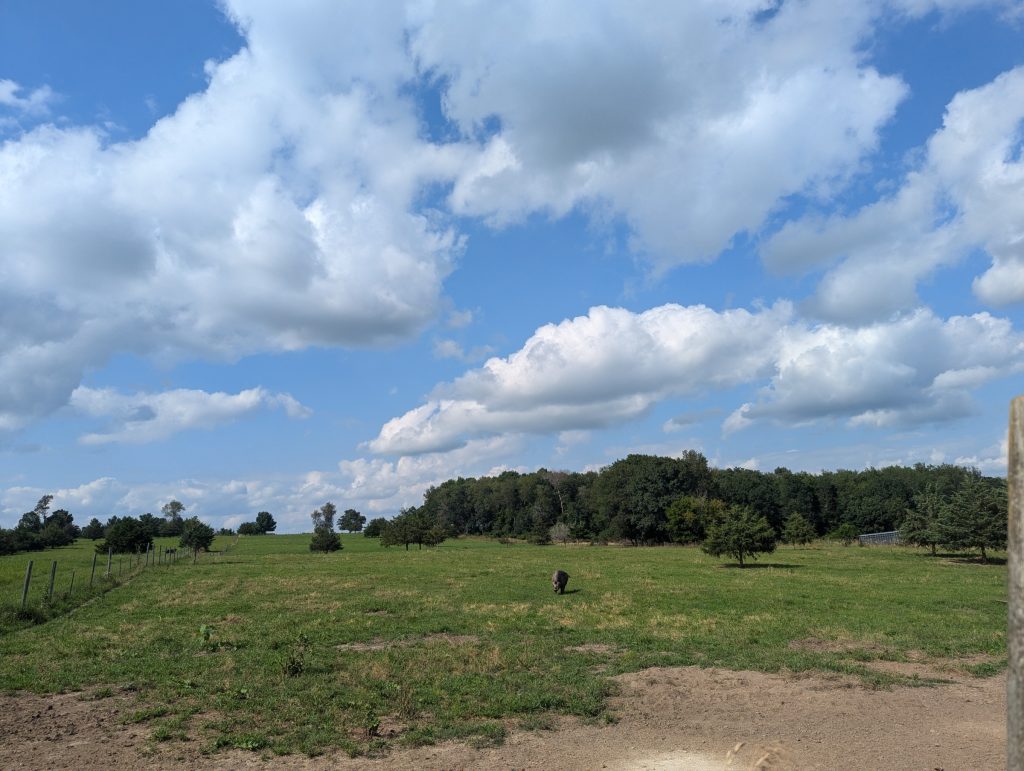
View weather and climate conditions this week in Wisconsin
Here are this week’s take home points about the weather, scroll down for the full report:
Current Conditions
- Late July has been cooler-than-normal for the majority of WI, particularly in the E/NE.
- Weekly precip totals were <1” for most locations in WI, with some scattered pockets of 2” or more.
Impact
•Soil moisture levels remain at ~80% adequate in the state, with no USDM drought categories in the state.
- Corn is at 62% good to excellent, over 50% silking, and has begun to dough in some fields.
- Soybeans are at 60% good to excellent, 65% blooming, and has begun to set pods (30% pod setting complete).
•GDDs are approaching 1800 (1400) units in the southern (northern) counties, running ahead of normal pace in the S & E.
Outlook
•Multiple rain chances across WI this next week, with a higher likelihood in the N/NW & SE.
•Temperatures leaning above (below) normal in the south (north) heading into the first full week of August, with most in the state leaning towards above normal precip.
•The warmer-than-normal conditions have a higher probability to continue through August into early fall with a La Niña pattern taking shape.
What does this mean for you? Here are some things to consider for your farm this week:
Crop Development
•Soil moisture is adequate or even high in most places. Be cautious about trafficking fields during muddy conditions to avoid rutting. Remember, compaction occurs when soil water content is at, or slightly above, field capacity!
•Hot days mean accumulations of 20+ GDUs per day. Keep on top of your growth stages to time other applications.
•Scouting for crop stage and development of issues is very important this year as the wet spring means that there is a lot of variability in fields and across farms.
Manure Applications
•Runoff risk is present in parts of the state in the next week. Be mindful of the possibility of runoff and plan manure applications accordingly. Check the DATCP runoff risk advisory forecast here.
•After wheat harvest there is an opportunity for manure and cover crops, see info here.
Pest Management
•Peak western bean cutworm flights have passed in the South. Sign up to receive text alerts when pests are in your region here.
•Japanese beetles have emerged, monitor for defoliation thresholds, see here for management information.
•Tar spot and white mold have now been seen in multiple locations in the state, management information available here.
Forage Management
•Ensure wide swaths when mowing alfalfa to increase rate of drying and harvest sooner, reducing risk of rain damage.
•Avoid hay fire risks. Be aware of hay moisture and monitor stack temperature when putting up dry hay, consider wrapped bales.




